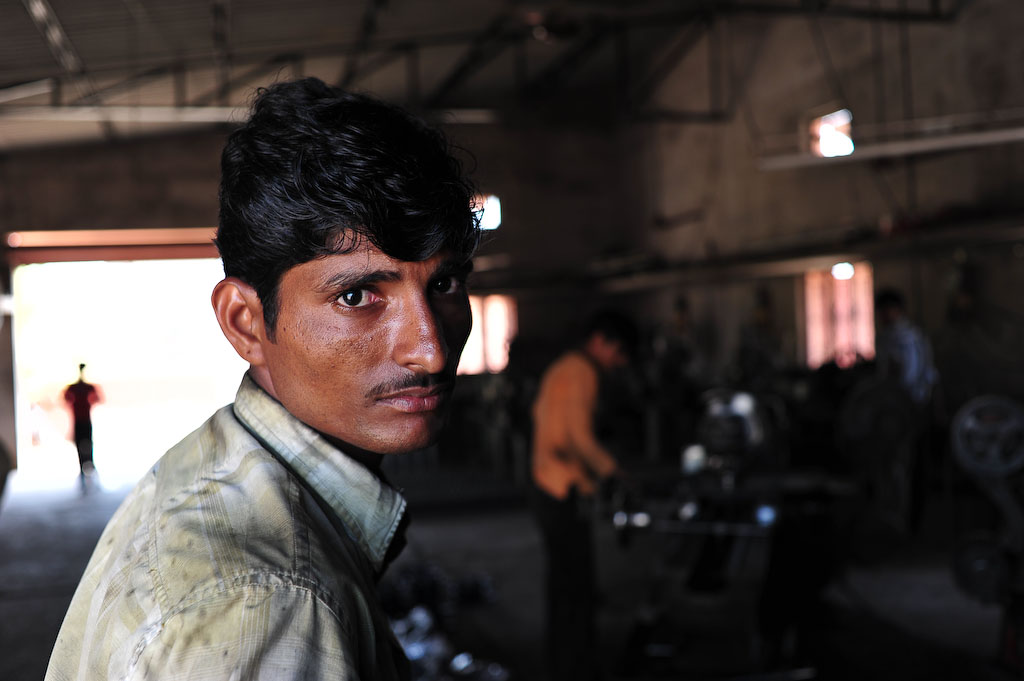The Freight Equalisation Policy was meant to be a harbinger of uniform industrial growth across a newly independent India. After years of deindustrialization and economic exploitation by the British, it sought to create uniform industrialization across the map.
Freight Equalisation means that transportation charges would be leveled across the country through subsidies, for key raw materials such as coal, steel, iron, and cement in the case of India’s scheme that came into effect in 1952. In the First & Second Five Year plans, the uneven distribution of raw materials and production houses is cited as the reason for the desire for such a policy.
Entrepreneurs could set up their factory without keeping in mind the location of the raw materials, the freight for which was partially or wholly subsidized by the scheme. Rather than ensuring that factories were set up uniformly across the country, it led to the concentration of factories near major markets and ports while the resource-rich Eastern states saw a rampant economic decline as a long-term result of this policy.
The policy played a stark role in shaping present-day India’s industrial landscape. The government sought to incentivize industries to develop across the country evenly through this scheme once it came into effect. The resource-rich Eastern states housed most of the mines for the raw materials covered by the scheme and housed most of the extractive as well as processing industries for the same at the time.
In 1950, West Bengal and Bihar accounted for 92 percent of all iron and steel production in India and 48 percent of all manufacturing output in engineering-related industries. This can be attributed to a natural advantage due to the presence of rich iron ore and coal mines across the region.
Freight Equalisation, in effect, took away the comparative advantage of proximity to resources and reduced the economic incentive for entrepreneurs and industrialists to set up their factories in these states. Raw material processing units taking advantage of the scheme became concentrated near major markets in more affluent states such as Maharashtra, Gujarat, and Punjab. Units in South Indian states such as Tamil Nadu were being set up citing the advantage of being in close proximity to a number of ports.
It could be said that a cross-subsidy was paid by the poorer Eastern states to the Western and Southern states as a result of the policy. A form of implicit tax was paid by producers and consumers in the East as there was no incentive to manufacture in their states.
The lack of a sunset clause in the policy meant that there was no set time period for the subsidies. The Western and Southern states that benefited from the policy saw manufacturing agglomeration in their states. Once raw material processing units were established, it made sense for other manufacturers and service businesses built from allied industries to set up shop there too. This agglomeration externality was great enough that even after the policy was scrapped in 1993, it didn’t drive back these industries to the east.
There was a lack of quality data on the effects of Freight Equalisation: in 1977 an inter-ministerial report stated that the scheme could not have had an effect on the geography of production. A deeper analysis, coupled with routine checks on the effectiveness of the scheme would have yielded a more accurate and very different picture, leading to an earlier repeal of the policy.
The effects of the policy echo to date, leaving a deeply negative footprint on the economic landscape of the eastern states. Present-day Bihar and Jharkhand have become synonymous with a situation typically associated with Sub Saharan Africa, known as a resource curse. An abundance of valuable raw materials coupled with a lack of economic development has fostered poverty, corruption, and illiteracy.
Bihar has the lowest GDP per capita in India, at about a mere 33% of the national figure to date, at about $640 nominal per capita against a national average of $1,890 in the 2019-20 financial year with a large chunk of the population living below the poverty line. Stuart Corbridge of the Center for Advanced Study of India in the University of Pennsylvania refers to Jharkhand as an internal colony, which under Freight Equalisation (then part of Bihar) saw nationalization of mines and establishment of PSUs, where politicians seek to seize geological rents and enforce order through violence. Corbridge also sees Naxalism as an indirect effect of the habitat created by the conditions following Freight Equalisation in the state. The state of Jharkhand has repeatedly ranked among the lowest GDP per capita in the country, often among the last three.
Looking at the national statistics on the Below Poverty Line population, Bihar and Jharkhand have the highest percentage while Odisha, Chattisgarh, and Madhya Pradesh too rank far below the national average repeatedly. West Bengal, which until the 1960s ranked among the richest states in India, has fallen to well below average, ranking at 24 out of 33 states in the 2019-20 financial year.
Bihar and Jharkhand have the lowest literacy rates at about 63% and 66% respectively, the states of Chhattisgarh and Madhya Pradesh rank well below the national average, referring to the 2011 Census.
The above statistics reaffirm the unintended yet ghastly effects of the scheme in a region of India that is still lagging far behind the rest of the states.
Centralized bureaucratic intervention, although well-intentioned, in the complex mechanism of freight prices led to the most resource-rich regions of India ending up the most rupee poor. The goal of more uniform industrial development, albeit noble, could have potentially been more so achieved with no government intervention at all.
Moving forward, we must focus on a decentralized approach to policymaking that has a better representation of stakeholders that may be affected by its implementation coupled with stringent, measurable, and regular checks on its effectiveness once implemented.
Read more: The new Zoom economy: Who can adjust to it and who cannot?
Post Disclaimer
The opinions expressed in this essay are those of the authors. They do not purport to reflect the opinions or views of CCS.






